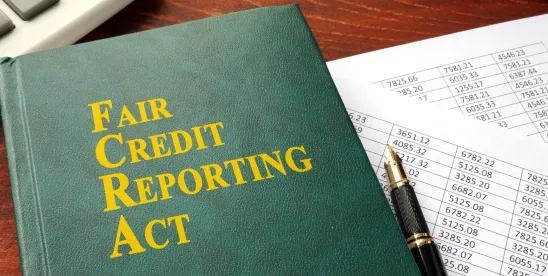As I laid out a few weeks back, the Hunstein flubbed its Article III standing analysis in a big way. Specifically, after determining that a violation of 1692c(b) can cause intangible harm it stopped short of determining whether the specific violation of 1692c(b) in the case before it actually did cause harm. That’s a big no-no that flat misapplies Spokeo’s “concrete harm” analysis.
Well in a new decision out today, a district court in Florida relies upon Hunstein for its Article III analysis right up until it completely departs from it.
In James v. Circle K Stores, Case No.: 1:20cv215-MW/GRJ, 2021 U.S. Dist. LEXIS 95581 (N.D. Fl. May 20, 2021) the Court considered an Article III standing challenge in a Fair Credit Reporting Act (FCRA) suit. In teeing up the standard for assessing “concrete harm” for the statutory violation at issue in the case, the James court repeatedly cited Hunstien as providing the standard of decision. It ultimately concluded—following Hunstein that the violation of the FCRA section at issue was closely related to the old common law “intrusion of seclusion” tort and, thus, a violation of the statute can cause intangible harm recognized by the Courts.
But unlike in Hunstein—where the court found the presence of the possibility of intangible harm sufficient to convey standing—the James court moved on to the second step that the Hunstein panel ignored:
“it is not enough that the harms match in the abstract; this Court must look to the harm Plaintiff actually suffered in this case-i.e., the harm produced by the statutory violation at issue.”
Tellingly, James cites to a different Eleventh Circuit decision to support the requirement to look at the specific harm caused in each specific case—Muransky. In the end, the James court concluded that the Defendant had not “actually intruded upon Plaintiff’s seclusion” because “the harm of this statutory violation is not comparable to the harm of intrusion upon seclusion, this analysis of history and harm supports the conclusion that Plaintiff does not demonstrate injury in fact and lacks Article III standing.”
Applying the logic of James to the facts of Hunstein would likely yield a very different standing outcome—one that would have wholly avoided the disastrous substantive ruling that followed.




 />i
/>i

